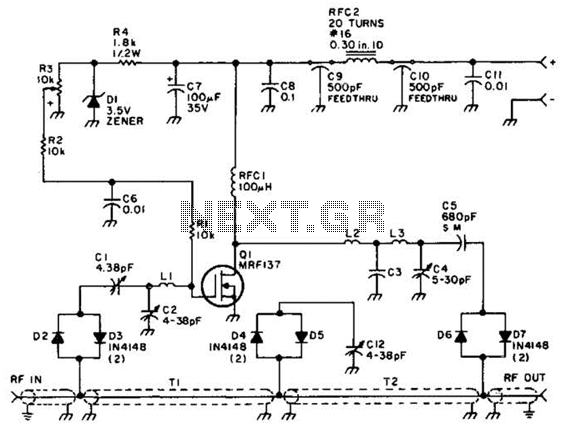
2x150W no large loop feedback hi-fi amplifier
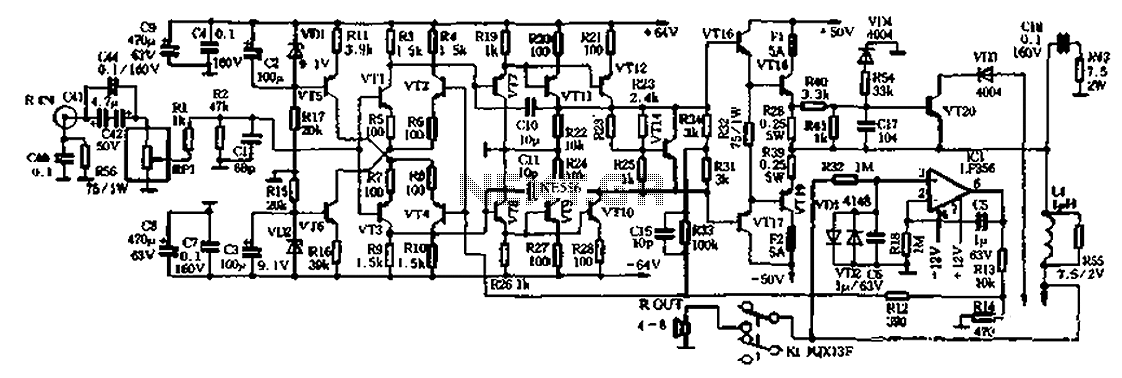
It is widely recognized that while a large loop feedback from the amplifier output stage to the preceding stage can enhance frequency response and reduce harmonic distortion indicators in an amplifier, it may adversely affect the transient characteristics and certain dynamic indicators. This is particularly true for the feedback induced by the speaker on the previous stage, which can lead to signal distortion. The hi-fi amplifier circuit described in this article eliminates the large loop feedback and employs a fully symmetrical DC differential preamplifier with a constant emitter source circuit, ensuring good stability and linearity. The LF356 output DC servo circuit is utilized to automatically maintain the output terminal potential. The complete circuit is illustrated in Figure 4-16, with power source and protection circuitry omitted.
This hi-fi amplifier circuit design focuses on enhancing audio fidelity by addressing the drawbacks associated with large loop feedback. The decision to eliminate such feedback is based on the understanding that it can introduce unwanted artifacts into the audio signal, particularly affecting transient response and dynamic range. By utilizing a fully symmetrical DC differential preamplifier, the circuit achieves improved linearity, which is crucial for maintaining the integrity of the audio signal across various frequencies.
The constant emitter source circuit provides a stable operating point for the transistors, ensuring consistent performance under varying load conditions. This stability is essential for high-fidelity applications where signal integrity is paramount. The LF356 operational amplifier, known for its low noise and high-speed performance, is employed in the output stage. Its integrated DC servo functionality allows for automatic adjustment of the output terminal potential, effectively eliminating any DC offset that could compromise sound quality.
The schematic representation of this circuit, as depicted in Figure 4-16, illustrates the arrangement of components, including the differential pair, biasing networks, and the output stage with the LF356. The omission of power source and protection circuitry in the figure simplifies the focus on the core amplifier design. Overall, this approach to amplifier design prioritizes audio quality by minimizing feedback-related distortions while ensuring robust performance characteristics. As we all know, from the amplifier output stage to the previous stage, although a large loop feedback to improve frequency response and harmonic distortion indicators amplifier , but the impact on the transient characteristics of the amplifier and some dynamic indicators is more harm than good, especially the speaker on the induction voltage feedback to the previous level, can cause signal distortion, a hi-fi amplifier circuit described in this article is to remove the large loop feedback, and use the full symmetry of the DC differential preamp with constant emitter source circuit, good stability, good linearity, the LF356 bit output DC servo circuit can automatically maintain its output terminal potential, the whole circuit shown in Figure 4-16 (power source and protection circuitry omitted)
This hi-fi amplifier circuit design focuses on enhancing audio fidelity by addressing the drawbacks associated with large loop feedback. The decision to eliminate such feedback is based on the understanding that it can introduce unwanted artifacts into the audio signal, particularly affecting transient response and dynamic range. By utilizing a fully symmetrical DC differential preamplifier, the circuit achieves improved linearity, which is crucial for maintaining the integrity of the audio signal across various frequencies.
The constant emitter source circuit provides a stable operating point for the transistors, ensuring consistent performance under varying load conditions. This stability is essential for high-fidelity applications where signal integrity is paramount. The LF356 operational amplifier, known for its low noise and high-speed performance, is employed in the output stage. Its integrated DC servo functionality allows for automatic adjustment of the output terminal potential, effectively eliminating any DC offset that could compromise sound quality.
The schematic representation of this circuit, as depicted in Figure 4-16, illustrates the arrangement of components, including the differential pair, biasing networks, and the output stage with the LF356. The omission of power source and protection circuitry in the figure simplifies the focus on the core amplifier design. Overall, this approach to amplifier design prioritizes audio quality by minimizing feedback-related distortions while ensuring robust performance characteristics. As we all know, from the amplifier output stage to the previous stage, although a large loop feedback to improve frequency response and harmonic distortion indicators amplifier , but the impact on the transient characteristics of the amplifier and some dynamic indicators is more harm than good, especially the speaker on the induction voltage feedback to the previous level, can cause signal distortion, a hi-fi amplifier circuit described in this article is to remove the large loop feedback, and use the full symmetry of the DC differential preamp with constant emitter source circuit, good stability, good linearity, the LF356 bit output DC servo circuit can automatically maintain its output terminal potential, the whole circuit shown in Figure 4-16 (power source and protection circuitry omitted)
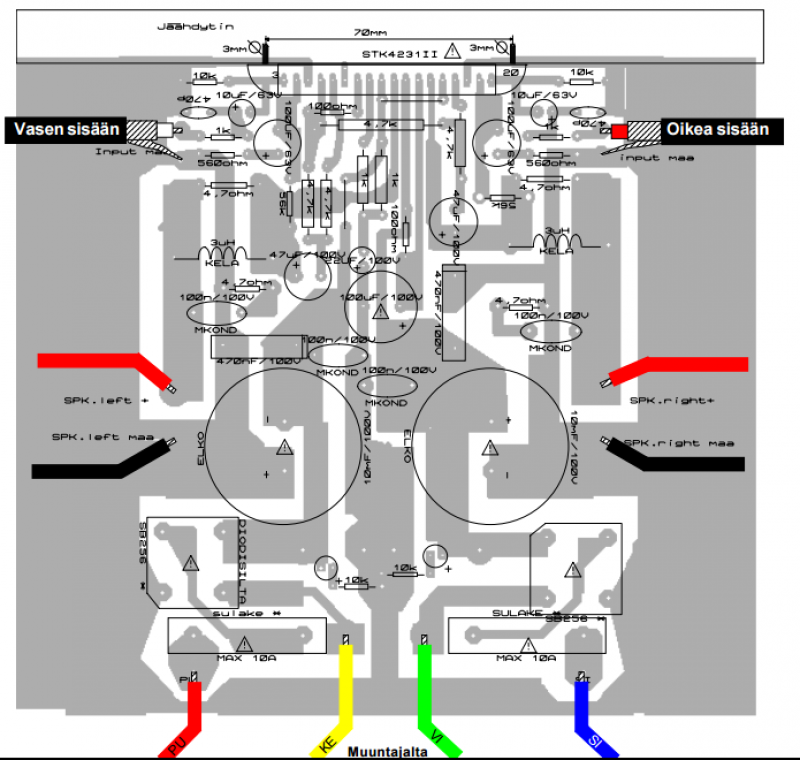
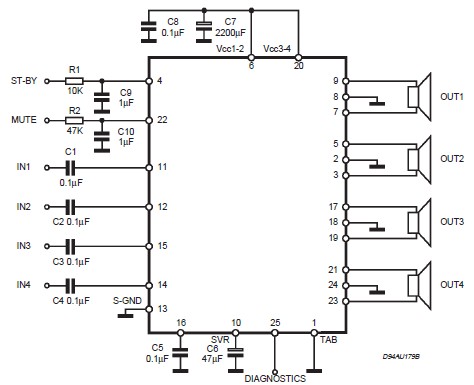
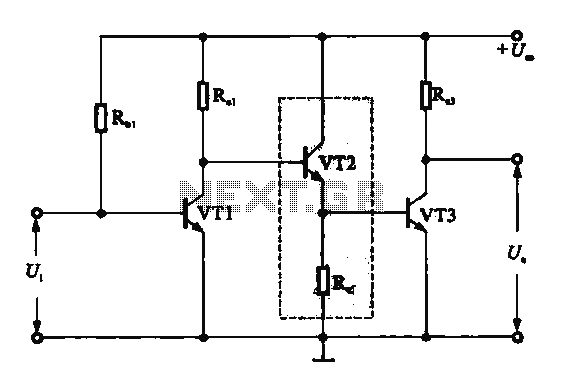
%2B2%2BCH%2Bby%2BIC%2B%2BNE5532%2Bor%2BLF353.jpg)

